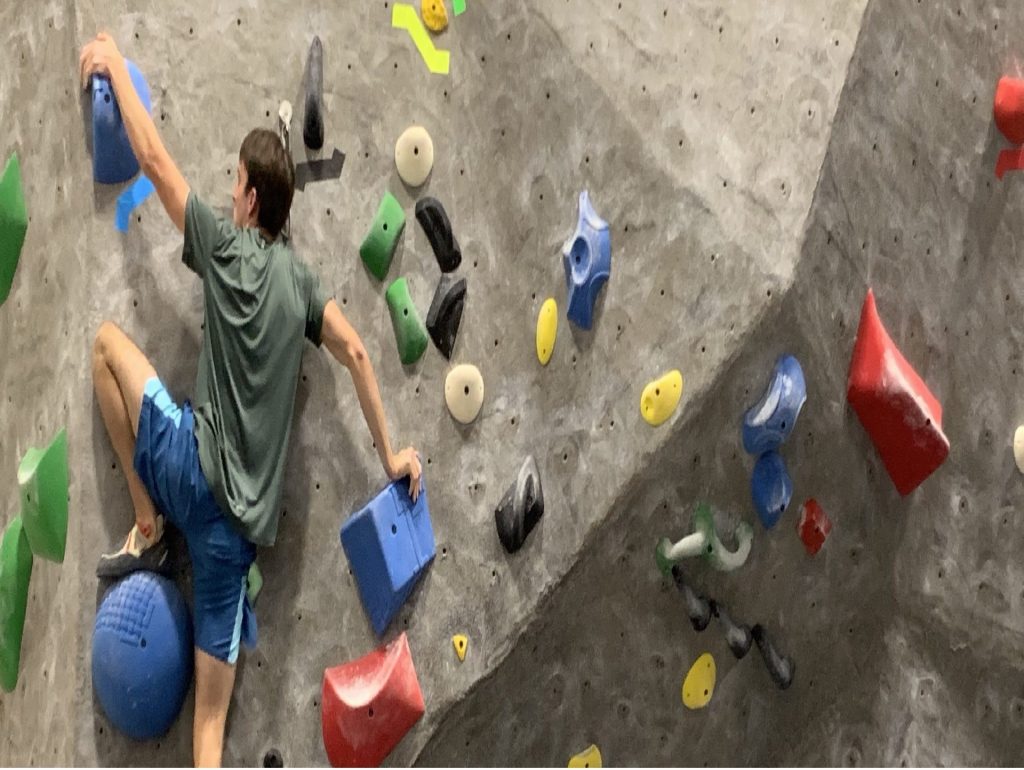
Applying journey analysis to determine the impact of an ERP merge
I was recently asked to join an ERP merge project as my client was concerned that they didn’t have sufficient and appropriate change management and program governance in place. The problem was amplified by their previous ERP upgrade project where they experienced many of the challenges cited by companies. They were confronted by the following challenges:
· Lack of commitment from managers
· Little focus on system training
· Insufficient testing functions
A lack of commitment from managers
Commitment and buy-in from managers were very low and often absent. Managers expressed that they were not included in communication and didn’t understand the need for the change. While others noted that they are keen for the coming change although they don’t necessarily know what and how things are going to change.
Little focus on system training
Some of the users that were interviewed felt that they weren’t properly trained in their current function while others felt they weren’t sufficiently trained on the system processes. The successful implementation of any ERP system will be much more feasible if you offer users full training and ensure they are motivated to use the system.
Insufficient testing functions
ERP implementations require significant testing relating to the new ERP processes and third-party integrations. Various stakeholders made reference to issues after the ERP upgrade relating to third party integrations that nearly brought the company to a stand-still and costed the company dearly.
It is imperative that a sufficient amount of testing is carried out during the ERP implementation to ensure successful integration of processes and functions. Testing provides the opportunity to highlight any issues, so that they are taken care of before the system is fully implemented and live.
It’s obvious that most of these issues relate directly to the lack of change management and program governance. I immediately recognized that we were dealing mostly with “people” related issues, therefore we decided to apply human-centered & service design principles in the initial stage of the project.
These are four human-centered & service design principles that were made reference to:
1. Focus upon the people
Always remember that your product is a tool to help people reach their goals, hence it’s vital to identify realistic goals of real people who will use your product. Those people are not abstract ‘users’, but instead, they are real human beings who interact with your product. You need to start by agreeing who you are building the product for. Start by thinking about your audience.
2. Find the right problem
It’s imperative that you identify and solve fundamental problems first because by doing that you will solve a root cause of other problems. It’s also important that you identify what people need versus what they want.
Conducting research and identifying fundamental problems requires time that is often not available. But no matter how much time it takes, the process of identification of core problems and needs should be an inalienable part of the design process. When designers skip this part it could lead to a situation when designers try to solve the wrong problems. The more you invest in research, the more time and energy you save down the line.
3. Think of everything as a system
Users should have good experiences at all touchpoints, both digital and physical. Designers are often forced to focus more on the system, i.e. the digital aspect of the journey while forgetting about other parts of the journey. The focus needs to be on what users desire to achieve and the final result that is important to them.
4. Always test your design decisions
Whether you design processes, products or services, you will need to spend sufficient time testing your new design with real people. Never assume the people you design have the same taste as you. When you test with real people you will gain feedback that will help you understand what part of your design requires improvements.
I was keen to see how I could apply my design thinking, experience design & human centered design skill sets to create the most value for the client and the project.
The approach – Journey Analysis
We started by identifying the key value chain areas in the business with the view to understand the impact that the merge will have on the entire business. Once we identified and agreed the value chain with the business, we identified numerous stakeholders across the business functions to be interviewed.
We structured the interviews around key issues such as: the organization’s ability to change and communicated change across the organization; the organization’s culture and leadership; business processes and issues relating to processes; as well as the impact the merge will have on the people, processes & technology.
We initially used the insights from the interviews to map the end–to-end value-chain journey. The journey maps included a high level process step for each value chain area or journey stage. During our journey analysis we also identified possible impacts of the merge on the existing target operating model (TOM) and what needs to change with regards to people, process, systems & governance.
We reviewed the journey map with key stakeholders after our initial journey analysis to ensure completeness and identify possible gaps. We then documented all the journey insights into a more structured format in order to compile a high-level summary for the projects steering committee as well as a detailed implementation plan.
References:
Common ERP implementation challenges and how to overcome them posted by Jonathan Davies (http://www.winman.com/blog/common-erp-project-management-challenges-and-how-to-overcome-them)#
Top 4 Principles of Human-Centered Design (http://babich.biz/principles-of-human-centered-design)





